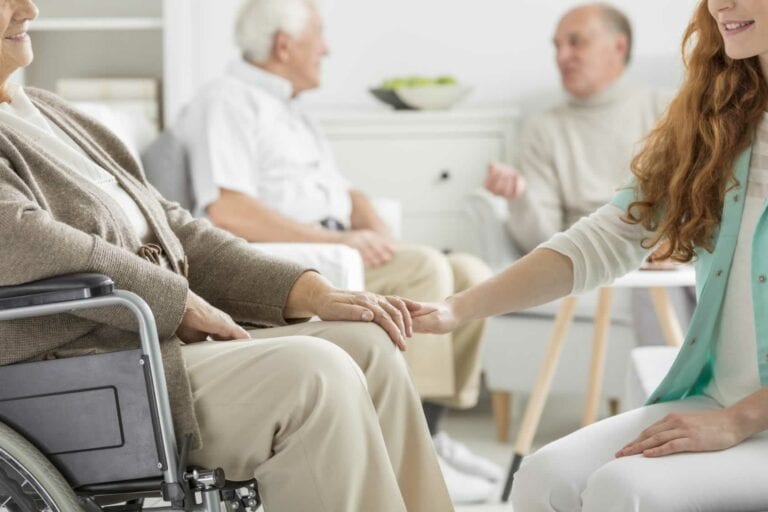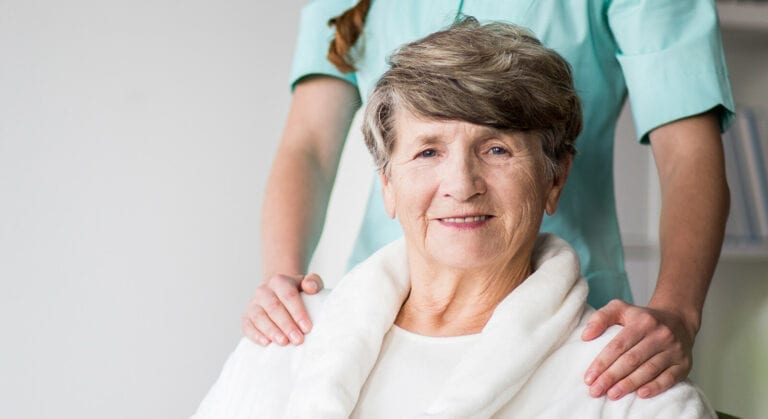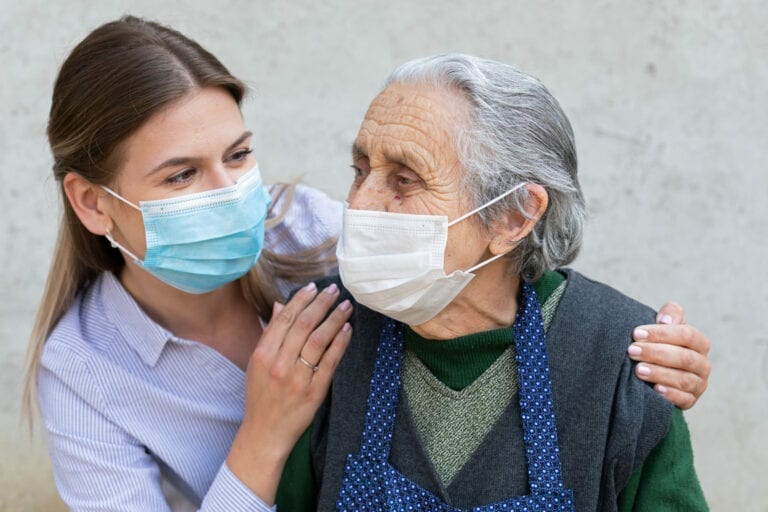After age 40, muscle mass and strength deteriorate. Consequently, we can engage in less and less physical exercise. After age 50, the decline in strength increases by 15% per decade. Muscles begin to atrophic when they are not used. In other words, you lose it if you don’t use it. The leading cause of this problem in elderly persons is sarcopenia. Calcium begins to escape the ryanodine receptor channel complex when it starts leaking. Sarcopenia develops in the muscles. This is a collection of proteins found in our muscle cells. The greater our calcium loss, the weaker our muscles become. The most effective method for minimizing this issue is, you guessed it, strength training! We will focus on the leg strengthening exercises at home for seniors.
Leg strengthening exercises at home
Following are some leg strengthening exercises at home for seniors.
- Ankle Circles
- Hip Marching
- Knee Extension
- Calf Raises
- Standing Knee Flexion
Let’s discuss these exercises one by one
1. Ankle Circles
This exercise is an excellent approach to warming up the lower extremities. Maintaining ankle flexibility is essential for maintaining balance, stability, and mobility. Strong ankles are necessary for keeping control while walking. They aid in stopping and changing direction. They also assist in maintaining our upright posture and supporting our center of gravity. In a seated position, ankle circles are simple to accomplish. If you are sitting for an extended amount of time, it is advisable to perform ankle circles to maintain circulating circulation. Here’s how to perform ankle circles:
- Maintain an upright position in a chair.
- Maintain a flat left foot on the floor. Raise the right knee and trace a circle with the right foot repeat twenty times.
- With your right foot, draw a circle in the opposite direction. Iterate twenty times.
- Perform the identical movement with the left foot.
- If you cannot raise your knee into the air, try stretching out your knee. Try the exercise while standing to increase the difficulty. Standing ankle circles will test you and improve your balance.
2. Hip Marching
This workout focuses on your thighs and hip flexors. You will be able to walk longer distances and at faster speeds. It also helps you lift your feet to avoid tripping over obstacles. To increase the difficulty of this workout, you can use 2 to 5-pound ankle weights.
- Straighten your back in a chair and place your feet flat on the floor.
- Inhale as you slowly elevate your left knee as high as possible into the air.
- Exhale as you gradually descend back to the ground. Ten times in total.
- Perform the same motion with your right knee.
3. Knee Extension
This exercise is extremely beneficial for knee rehabilitation and range of motion improvement. It is recommended that anyone with knee injuries first consult their physical therapist before doing this workout. Flexible and functional knees are crucial for balance, standing, and injury prevention. To increase the difficulty of this workout, you can use 2 to 5-pound ankle weights.
- Straighten your back in a chair and place your feet flat on the floor.
- As you slowly lift and straighten your left knee in front of you, inhale. As much as possible, tilt your toes inward. Maintain for a few moments.
- Exhale as you place your left foot back on the ground slowly several times.
- Perform the same motion with your right knee.
4. Calf Raises
Calf strengthening is essential for balance and walking. The quadriceps are the powerhouse of your legs, allowing you to push off surfaces when you walk. Additionally, calf strength is essential for walking up hills and over uneven terrain. We recommend performing these chair exercises twice each day. Avoiding dizziness and fainting can be accomplished by increasing blood flow from the legs to the brain.
- Maintain your equilibrium by standing behind a chair while holding onto the chair’s back. Keep your posture upright.
- Inhale as you progressively rise to your highest possible tiptoe position. Try not to move your other body parts.
- Exhale as you slowly lower your body until your feet are flat several times.
- Try the exercise without holding onto the chair for more difficulty. Or, try using simply a few fingers.
5. Standing Knee Flexion
Standing knee flexion is one of the important leg strengthening exercises at home for seniors. This workout targets the hamstrings and improves your knee bending and flexing abilities. This improves standing and walking, resulting in enhanced balance and decreased chance of falling. To increase the difficulty of this workout, you can use 2 to 5-pound ankle weights.
- Before beginning this exercise, stretch your hamstrings for a few moments.
- Steady behind a chair by grasping its back for balance.
- As you slowly elevate your left foot behind you while bending your knee backward, inhale.
- Your knee should be turned to a 90-degree angle or as far as is comfortable. Don’t stoop forward from the hips.
- Exhale as you return your left foot to a flat standing position.
- Several times.
- Perform the same action with your right foot.
- Try the exercise without holding onto the chair for more difficulty. Or, try using simply a few fingers.
Exercises for Seniors to Avoid
Remember that most popular gym routines are not designed for seniors. Most intense activities are designed for younger folks who wish to lose weight and increase muscle. These exercises are not good for elderly persons due to joint pain, poor balance, bad posture, and diminishing strength. An aged individual is susceptible to injury. Avoid the following leg workouts, senior citizens:
- Leg press
- Squats with a load
- Long-distance running
- HIIT rock climbing (high-intensity interval training)
Why Should Seniors do Exercise?
Everyone is aware that exercise enhances one’s quality of life. However, as we age, exercise becomes increasingly important. The longer you remain healthy and physically active, the longer you can maintain your freedom. Combining aerobic exercise with strength training is the most effective method for enhancing health.
Exercise will minimize your risk of falling and increase your energy, help you lose weight, prevent, and combat disease, and improve your cognitive performance. Regular exercise reduces your risk of developing Alzheimer’s disease by a staggering 50 percent. And maintaining a healthy weight ensures that your joints are not overloaded. This protects against osteoarthritis. The most frequent type of arthritis is osteoarthritis. It develops when the bone-protecting cartilage begins to deteriorate over time. So, let’s keep those legs moving!
Home Care Near Me. Let’s Get Started!
Get Immediate Help with Information, Costs & Payment Options.






